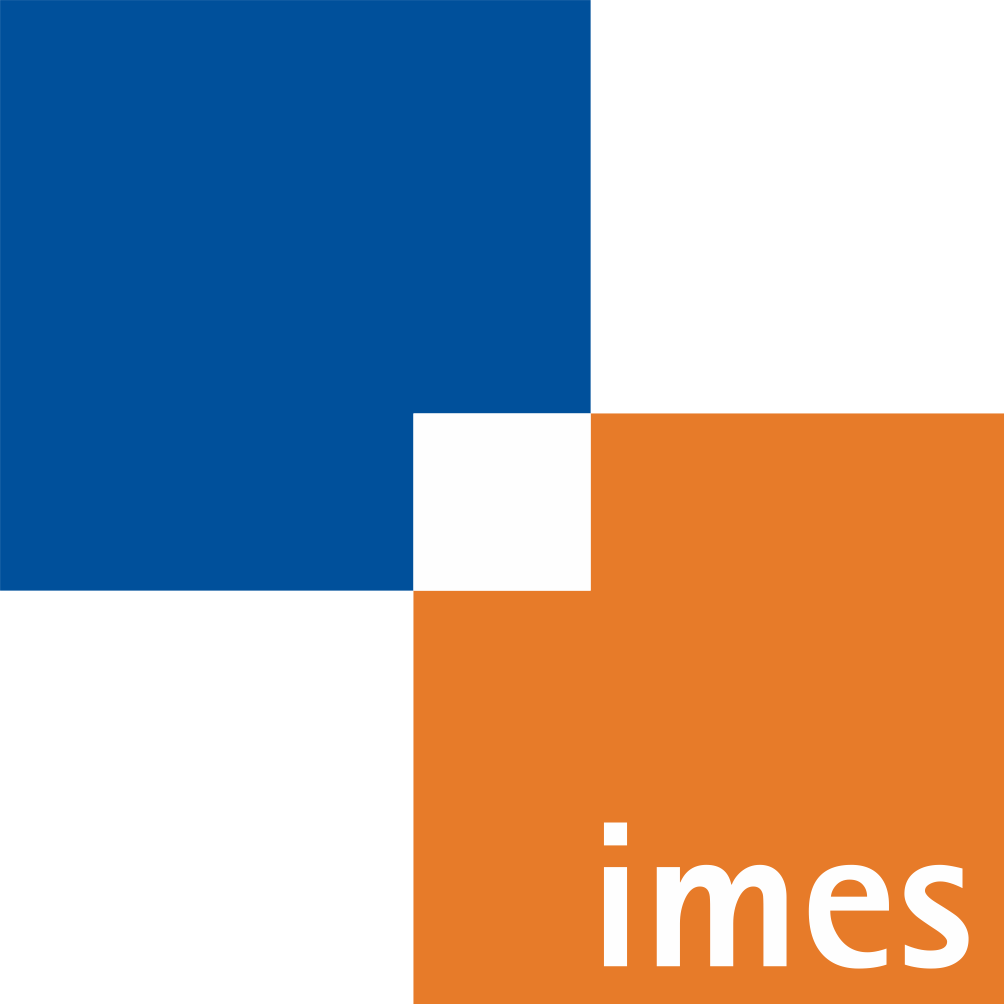Learning-Based Nonlinear Model Predictive Control of Articulated Soft Robots Using Recurrent Neural Networks
- verfasst von
- Hendrik Schäfke, Tim-Lukas Habich, Christian Muhmann, Simon Ehlers, Thomas Seel, Moritz Schappler
- Abstract
Soft robots pose difficulties in terms of control, requiring novel strategies to effectively manipulate their compliant structures. Model-based approaches face challenges due to the high dimensionality and nonlinearities such as hysteresis effects. In contrast, learning-based approaches provide nonlinear models of different soft robots based only on measured data. In this letter, recurrent neural networks (RNNs) predict the behavior of an articulated soft robot (ASR) with five degrees of freedom (DoF). RNNs based on gated recurrent units (GRUs) are compared to the more commonly used long short-term memory (LSTM) networks and show better accuracy. The recurrence enables the capture of hysteresis effects that are inherent in soft robots due to viscoelasticity or friction but cannot be captured by simple feedforward networks. The data-driven model is used within a nonlinear model predictive control (NMPC), whereby the correct handling of the RNN's hidden states is focused. A training approach is presented that allows measured values to be utilized in each control cycle. This enables accurate predictions of short horizons based on sensor data, which is crucial for closed-loop NMPC. The proposed learning-based NMPC enables trajectory tracking with an average error of 1.2° in experiments with the pneumatic five-DoF ASR.
- Organisationseinheit(en)
-
Institut für Mechatronische Systeme
Identifikation & Regelung
- Typ
- Artikel
- Journal
- IEEE Robotics and Automation Letters
- Band
- 9
- Seiten
- 11609-11616
- Anzahl der Seiten
- 8
- ISSN
- 2377-3766
- Publikationsdatum
- 12.2024
- Publikationsstatus
- Veröffentlicht
- Peer-reviewed
- Ja
- ASJC Scopus Sachgebiete
- Steuerungs- und Systemtechnik, Biomedizintechnik, Mensch-Maschine-Interaktion, Maschinenbau, Maschinelles Sehen und Mustererkennung, Angewandte Informatik, Steuerung und Optimierung, Artificial intelligence
- Elektronische Version(en)
-
https://doi.org/10.1109/LRA.2024.3495579 (Zugang:
Offen)
